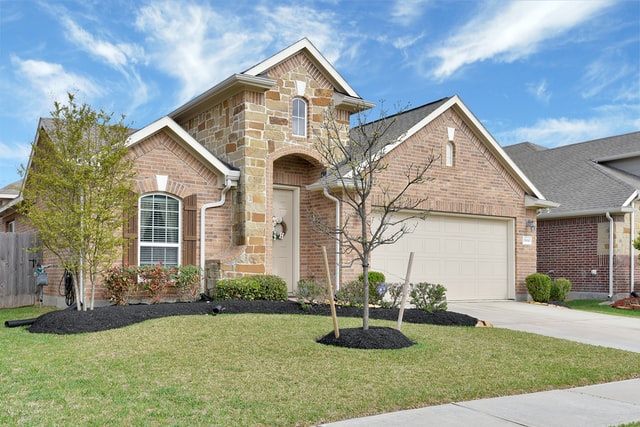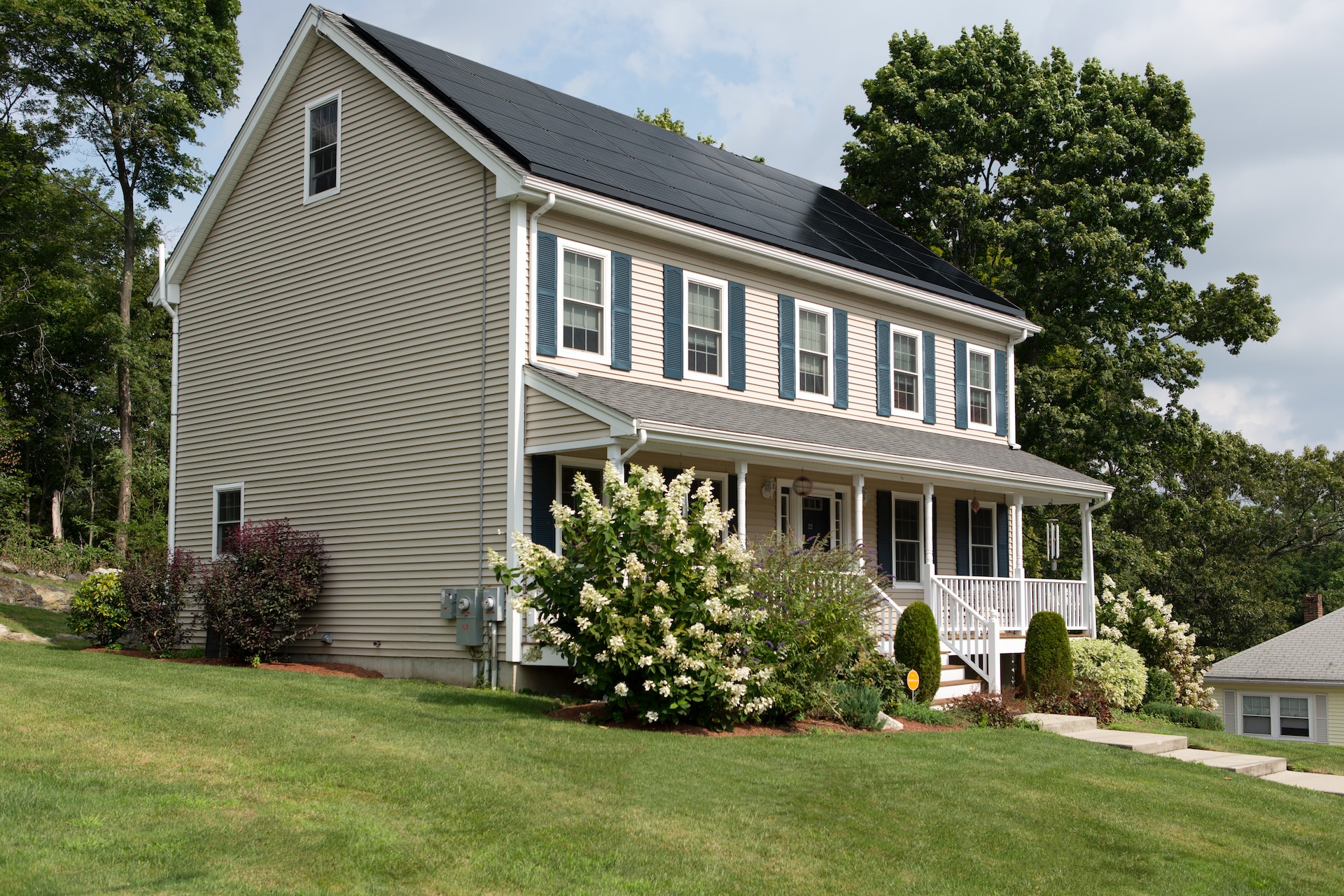Certain ordinances and laws will impact you as a homeowner impact home insurance. However, many homeowners are unaware of its limitations, particularly when it comes to compliance with updated building codes. Standard homeowners insurance typically covers restoring your home to its pre-loss condition. Still, it doesn’t account for the expenses of bringing your home up to current building codes. This is where ordinance or law coverage comes into play as an essential addition to your policy.
What is Ordinance or Law Coverage?
Ordinance or law coverage is an additional insurance policy that helps cover the extra costs associated with repairing or rebuilding your home to comply with current building codes after a covered loss. Building codes govern the design, construction, alteration, and maintenance of structures, ensuring safety and sustainability. These codes can change over time, and complying with them during repairs can be costly.
How It Differs from Standard Homeowners Insurance
Standard homeowners insurance typically covers repairing or rebuilding your home to its pre-loss condition. However, if your home is damaged and the repairs must comply with newer building codes, a standard policy does not cover additional costs. Ordinance or law coverage bridges this gap, covering the expenses required to meet the updated regulations.
Importance for Homeowners with Older Properties
Older properties are more likely to be out of compliance with current building codes. When damage occurs, homeowners may face significant out-of-pocket expenses to meet these standards.
Ordinance and Law Coverage in Home Insurance Policy Details
Ordinance or law coverage typically includes three main types of coverage:
- Coverage A: Pays for the cost to demolish and clear the undamaged portion of your home.
- Coverage B: Covers the increased cost of construction to bring your home up to code.
- Coverage C: This applies to loss to the undamaged portion of your home if local law requires it to be demolished.
Optional Additions
While some homeowners insurance policies may include a basic amount of ordinance or law coverage, you often can purchase additional coverage. The cost of this additional coverage varies depending on factors such as your home’s age, location, and current building codes. Discuss these options with your insurance provider to ensure you have adequate protection.
How to Obtain Ordinance or Law Coverage
The first step in obtaining ordinance or law coverage is to review your current home insurance policy. Look for any mentions of ordinance or law coverage and note the limits and exclusions. If you’re unsure, contact your insurance agent for clarification.
Once you’ve reviewed your policy, discuss your coverage options with your insurance provider. Ask about the availability and cost of adding or increasing ordinance or law coverage. Your agent can help you understand the benefits and recommend the appropriate coverage based on your needs.
Compare policies from different insurers. Look for policies that offer comprehensive ordinance or law coverage with favorable terms and conditions. Consider coverage limits, deductibles, and premiums to find the best option for your situation.
Ordinance or law coverage is valuable to your home insurance policy, providing financial protection, ensuring safety and compliance, and offering peace of mind. It is particularly important for homeowners with older properties, as building codes are continually updated to enhance safety and resilience. By reviewing your current policy, consulting with your insurer, and considering additional coverage options, you can ensure that your home is adequately protected against unexpected expenses due to updated building codes.




